https://philaholisticclinic.com/natural-remedies-for-asthma/
Treatment for celiac disease is always a challenge. According to the international classification, Celiac Disease, aka Gluten Intolerance belongs to the category of auto-immune diseases and traditional allopathic medicine doesn’t have any cure for celiac disease. Celiac disease occurs when gluten — a protein found in food and food ingredients made with wheat, rye, or barley damages the lining of the small intestine, interfering with the absorption of nutrients. When your body can’t get the nutrients it needs, health complications can arise.
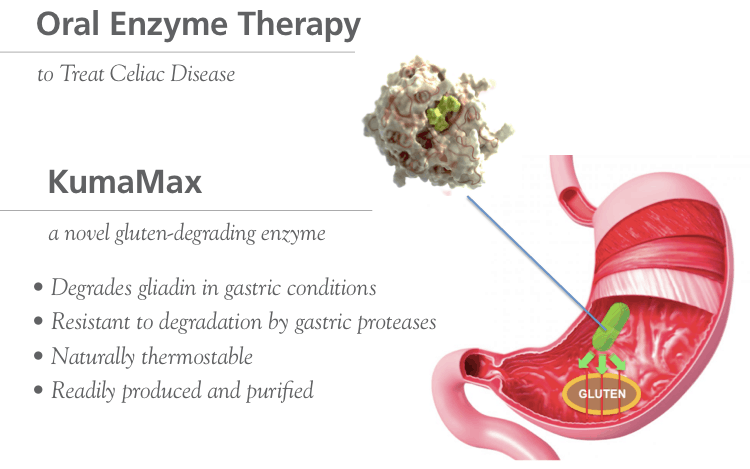
Gluten intolerance
Celiac disease symptoms vary from person to person and also these symptoms can occur in the digestive system or some other part of the body.
A significant number of people who consume gluten experience either a histamine response (an allergy) or an autoimmune response (an intolerance). It has recently been estimated that nearly one in ten individuals in the United States experience some degree of sensitivity to gluten.
The most severe form of gluten intolerance is celiac disease. Currently, researchers believe that one in 133 people in the United States suffers from celiac disease. Unfortunately, many people may not yet realize that they are suffering from celiac disease.
Before you can understand gluten intolerance, you need to understand gluten itself.
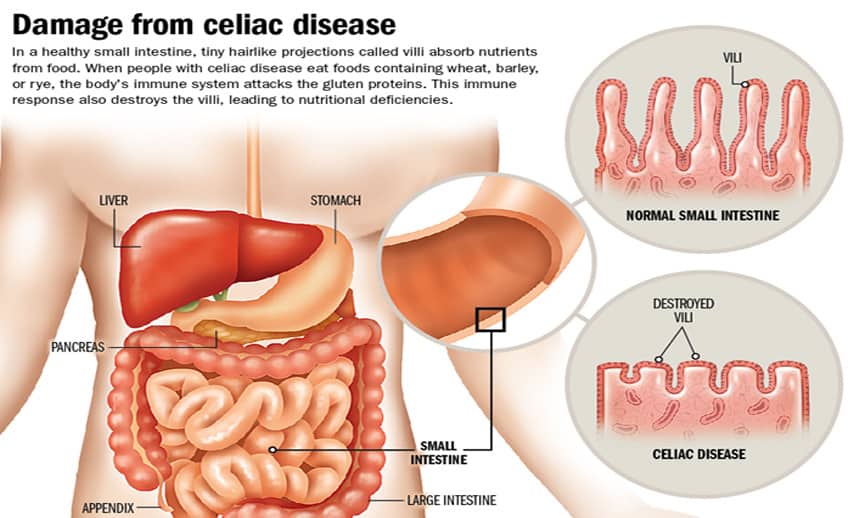
What Is Gluten?
Gluten is a composite of several peptides from the prolamin family of proteins. Thus a gluten intolerance is more complex than an allergy to a single grain or even to a single protein.
You will find gluten peptides in grassy grains such as rye, barley, and wheat. Gluten itself is both high fiber and high protein. Because of this, it is often used to increase either the protein or fiber content of many foods, including meat replacement foods. It is also used in sauces, flavor enhancers, and as a filler and binder in supplements. Thus avoiding gluten means much more than just avoiding baked goods.
The keynote of celiac disease (gluten intolerance):
- The disease of Mal-absorption: meaning nutrients are not absorbed properly
- An abnormal immune reaction to gluten
- This disease: also known as celiac sprue, nontropical sprue, and gluten-sensitive enteropathy.
- Celiac disease is genetic, meaning it runs in families and passed in hereditary
- This disease can also be triggered: it becomes active for the first time after some incident like after surgery, pregnancy, childbirth, viral infection, or severe emotional stress.
Celiac disease symptoms
While diarrhea, abdominal pain, and bloating are thought of as celiac disease symptoms, especially with children, in adults these symptoms aren’t always present, or noticeable. Some adults report headaches, fatigue, and joint pain. Others report weight gain or weight loss, depression, and hair loss — symptoms not often associated with gut-related problems.
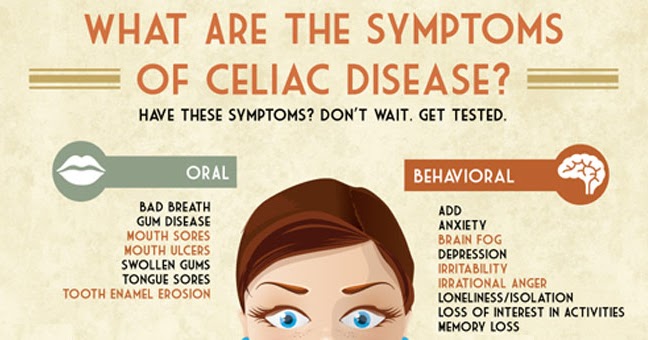
As a result, it’s understandable why most health professionals sometimes confuse celiac disease with irritable bowel syndrome, iron-deficiency anemia caused by menstrual blood loss, Crohn’s disease, intestinal infections, and chronic fatigue syndrome. Or treat the symptom as stress-related.
The most common gluten intolerance symptoms are gastrointestinal. These symptoms include flatulence, cramping, bloating and alternating cases of diarrhea and constipation. However, the malnutrition that results from wearing down the microvilli and inflaming the small intestine’s lining may create a range of symptoms related to malnutrition that can be difficult to enumerate. This is one reason gluten intolerance is so often misdiagnosed or missed altogether.
Natural Treatment for celiac disease
There are currently no medicines available for people with celiac disease or gluten sensitivity. Diet is one of the natural treatment for celiac disease that helps people relieve symptoms and remove the risk of them occurring – not just by eating a gluten-free diet, but also by ensuring a nutritious and healthy diet.
In reality, a healthy and varied diet is not difficult to achieve without gluten, but our culture of eating wheat (gluten is also found in rye and barley) means breaking habits and avoiding many processed foods. Wheat, barley, and rye are the standard culprits for gluten, but for some even more sensitive people, there are other gluten-related substances found in a wider variety of foods.
Having a problem like gluten intolerance can be difficult. It can create a lot of discomfort as much as it is embarrassing. When you are experiencing the symptoms of intolerance especially after eating gluten, it is advised to visit your doctor and have some blood tests. This is to check the severity of your condition especially when it comes to gluten.

However, there is also a natural treatment for gluten intolerance you can try to lessen the problem and symptoms. Often, preventive measures can come in the form of lifestyle changes and diet. Diet for gluten intolerance is one of the natural treatments for gluten intolerance.
Listed below are different approaches to natural treatment for gluten intolerance
Follow a strict diet for celiac disease
To tackle celiac disease, you need to make drastic changes to your diet. Diets for celiac disease is one of the natural treatment for celiac disease that shouldn’t include gluten in any amount. Gluten is the main cause of celiac disease, and people living with this disease should avoid it completely, because it can trigger an allergic reaction, such as an upset stomach, hay fever, asthma, or eczema.
There is no cure for gluten intolerance. Diet for gluten intolerance is one of the most effective natural treatment for gluten intolerance.
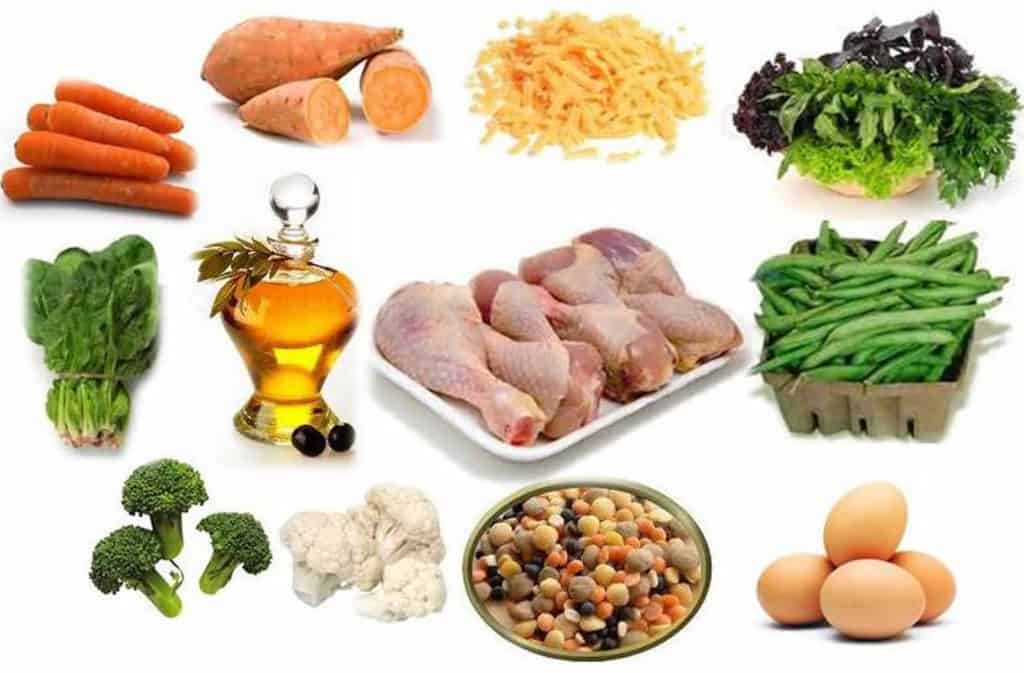
Below are some tips for diet for gluten intolerance
- Avoid all products that contain wheat, rye, and barley (e.g. bread, pasta).
- Avoid baked goods (e.g. cakes, pies, biscuits).
- Read food labels carefully and avoid foods that contain dextrin, emulsifiers, stabilizers, corn starch, malt, and modified wheat starch.
- Check all seasonings, thickeners, and marinades for additives that contain gluten.
- Avoid processed foods and meats (e.g. breakfast meat, salad dressings, vegetarian artificial meat, soup broths).
- Eat more whole grains – rice, white rice, millet, buckwheat, beans, seeds, and nuts.
- Increase your daily intake of fruits and vegetables.
- Choose fresh meat, fish, poultry, eggs, and dairy products.
Switching to a gluten-free diet can be tricky at first as there seems to be a long list of foods to avoid. But now there are plenty of gluten-free alternatives for pasta and noodles like soba, buckwheat, and seaweed noodles. There are also gluten-free flours made from potatoes, tapioca, and arrowroots.
The main rules for diet for celiac disease are:
Stop Eating Wheat
- First of all, the number one diet for celiac disease is to stop eating wheat. The covering that is on the grain of the wheat is gluten. So, the last thing that you should be eating is anything that has wheat in it. There are other choices you can go with, just stay away from the wheat.
Go with Gluten-Free Bread
- Although you are not able to eat bread that is made with wheat products, there are other bread that you can eat that don’t have gluten in them. One good bread choice that you can try is potato bread, which is usually a gluten-free bread. You can also make your bread gluten-free or purchase mixes that are gluten-free to make bread with.
Eat Plenty of Fruits and Veggies
- Another important diet for celiac disease is to make sure that you eat plenty of fruits and vegetables. These are foods that are not going to exacerbate your problem. They are also very good for you, especially when you have celiac disease. You can cook them, bake them, or even eat them raw. However, if you add anything to your fruits and veggies, make sure that it is gluten-free.
Get Protein from Meats
- Getting protein is important and fairly easy, even when you are dealing with celiac disease. Most meats are fine to eat since they do not contain gluten. Soy-based products are fine, as are eggs and peanut butter. Just make sure that no gluten is added to the peanut butter when it is being processed.
Chamomile tea
- Chamomile tea is also one of the natural treatments for gluten intolerance that has been used for centuries for its antioxidant and anti-inflammatory properties. These herbs can help reduce the discomfort caused by gas. It has a calming effect while relaxing the digestive tract. Just drink this as a tea as needed for a day to relieve symptoms.
These rules are important if you are supposed to be eating a celiac diet. Once you learn these rules you’ll be able to improve your health. While it may seem difficult at first, over time you’ll find that following this diet becomes easier and easier and it will make you feel better too.
Homeopathy Treatment for celiac disease
Homeopathy Treatment for celiac disease can be effective because it follows the principle of individualization and identifies the similarity of symptoms tailored to the patient’s profile. In this way, the goal of homeopathic treatment for celiac disease is not only to treat celiac disease and its symptoms but also to treat the underlying cause and individual sensitivity.
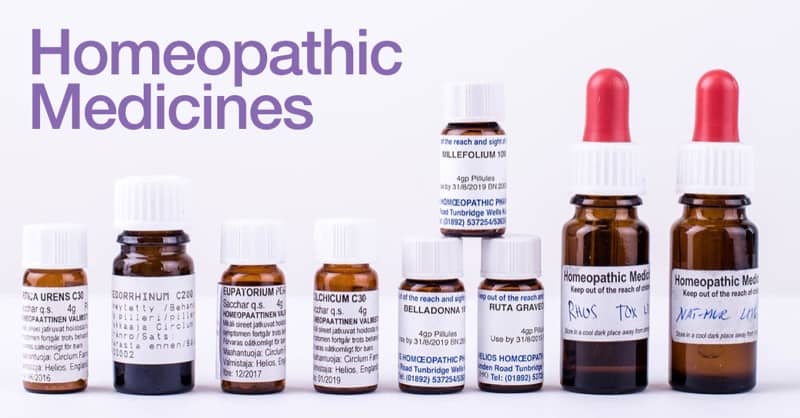
Various homeopathic remedies for celiac disease are available and listed in this collection based on the cause, sensation, and modalities of the discomfort. For the individual selection and treatment, the patient should consult a qualified homeopathic doctor in person or online.
Homeopathic treatment for gluten intolerance offers good scope for treating gluten allergies. Homeopathic remedies for gluten intolerance help control the intensity and severity of symptoms by weakening the overactive immune system that leads to an overreaction to gluten. The main symptoms of a person allergic to gluten serve as a guide to proper homeopathic prescribing.
Listed below are homeopathic remedies for celiac disease:
- Natrum Sulphuricum is one of the best homeopathic remedies for celiac disease. Natrum Sulphuricum is useful for diarrhea with yellow, watery stools. A person can also experience spasms in the umbilical region. Abdominal pain is another symptom. Gently rubbing the stomach relieves pain.
- China aka Cinchona is another well-indicated homeopathic remedy for gluten intolerance. The main indicator of China’s use as a homeopathy Treatment for celiac disease is the occurrence of diarrhea, accompanied by pronounced physical weakness and fatigue. The stools are yellow, frothy, and there is too much gas in the bowel movement. Undigested food can also get into the stool. The abdomen appears to be swollen with gas. Abdominal pain is also a symptom due to gas. Double flexion relieves abdominal pain. Another characteristic is the belching with a bitter taste.
- Lycopodium and Kali Carb are excellent homeopathic remedies for celiac disease. Lycopodium is a well-suited treatment for celiac disease when excess gas is a primary symptom. In these cases, there is also abdominal distension. The stomach is full and bloated, and there is a feeling of rolling gas. A characteristic symptom of the use of the homeopathic medicine Kali Carb is unpublished gas with a sharp expansion of the abdomen. The stomach feels like it’s about to burst. In some cases, acid regurgitation may also be present. Painless diarrhea can also be a symptom.
- This homeopathic remedy for gluten intolerance is indicated primarily for the treatment of celiac disease associated with extreme weight loss. Another symptom is acute exhaustion. Diarrhea with foul-smelling stools and wind are also symptoms in such cases. Sometimes the stool smells like rotten eggs. Bowel cramps occur during bowel movements. Pressure in the rectum is also present. Heartburn, nausea, and vomiting can also occur. Fear and restlessness can also accompany these symptoms to an extreme degree.
- Allium Cepa is a homeopathic medicine used to treat gluten allergies that have significant symptoms of allergic rhinitis. The person who needs Allium Cepa complains of a watery, burning runny nose with sneezing. In some cases, in addition to a runny nose, nasal congestion may also be present. Also, the watering of the eyes is rated highly.
- Carbo Veg and Lycopodium are the most common homeopathic remedies for gluten intolerance used to treat a gluten allergy that causes gas in the abdomen. Carbo Veg is chosen when the puffiness is well pronounced due to a wheat allergy. The gas is blocked and leads to abdominal colic. Lying down makes the discomfort worse. Stools have to be passed through frequently and smell bad.
- The homeopathic remedy for gluten allergy Colocynthis is used to treat abdominal cramps caused by eating gluten foods. The person gets relief by bending over in half and applying strong pressure on the abdomen. You may also experience excruciating cutting pain in the stomach, nausea, and vomiting. Watery, foamy diarrhea can also occur with the above symptoms.
Conclusion.
Celiac Disease known as a gluten allergy or gluten intolerance is a serious disease. Overall, the death rate amongst people with celiac disease is 9.7 per 1000 person-years, and this is expressively higher than the mortality proportion of 8.6 deaths for the general population. While allopathic medicine doesn’t have an effective treatment for celiac disease, homeopathy, and medical herbology have the answer.
If you are looking for homeopathic treatment for gluten intolerance contact Philadelphia Homeopathic Treatment to schedule your appointment for evaluation and treatment with Victor Tsan, MD
Comments
Post a Comment